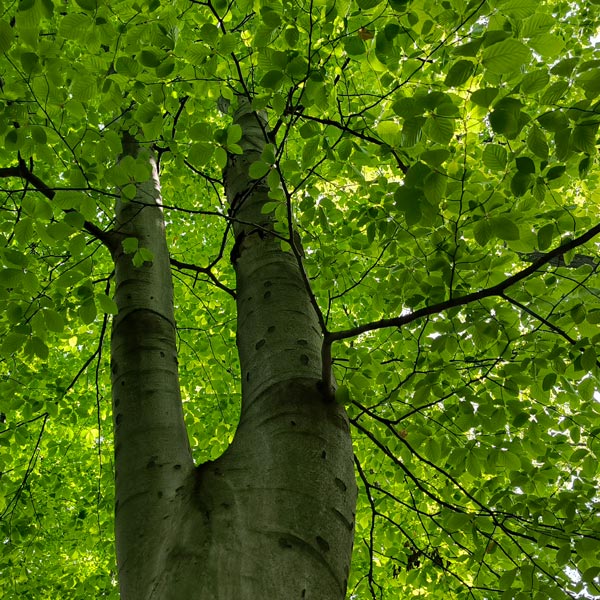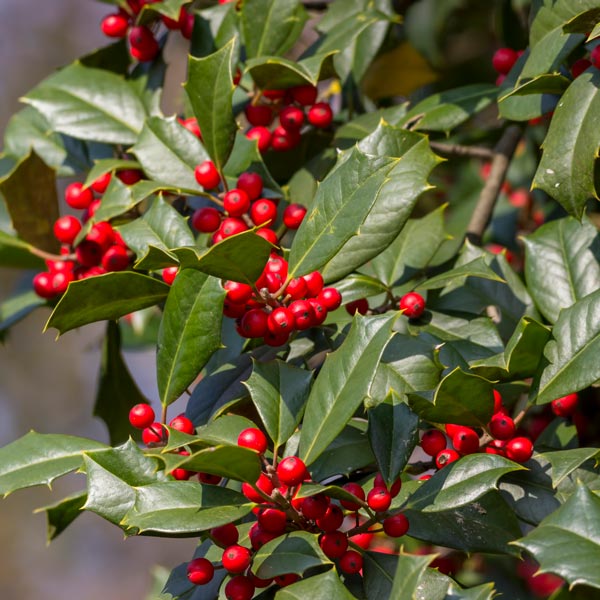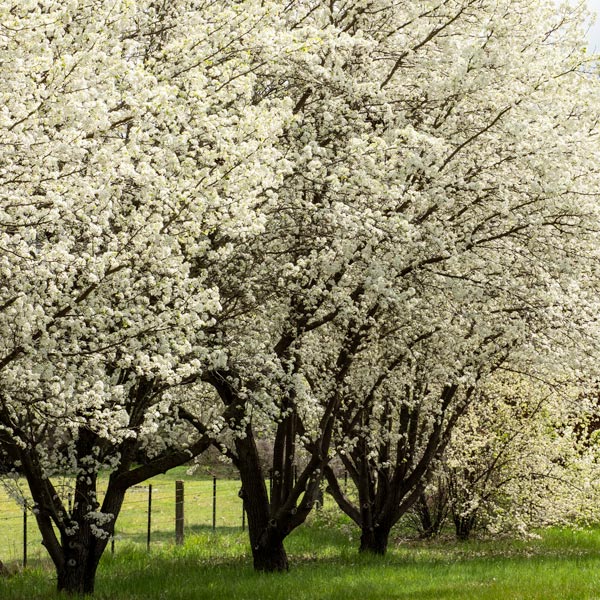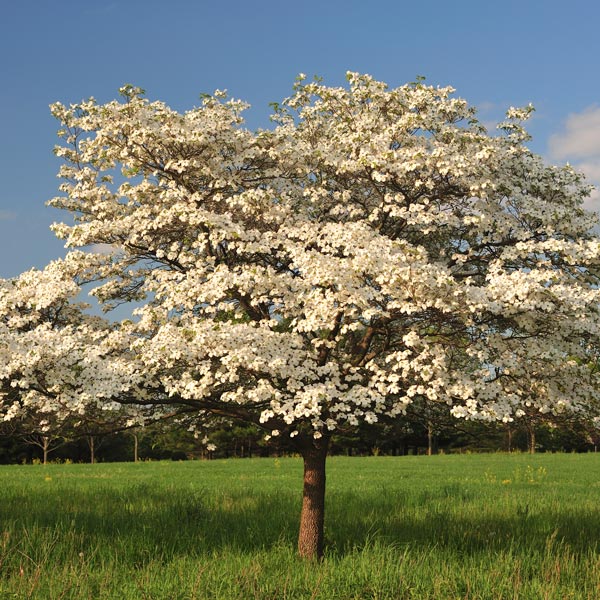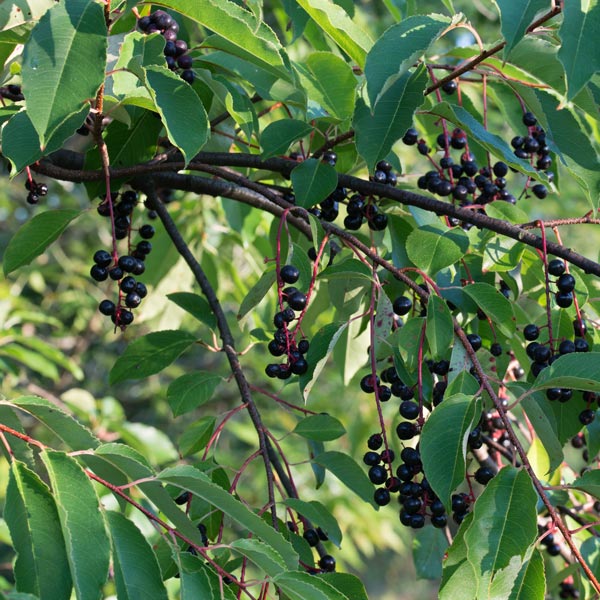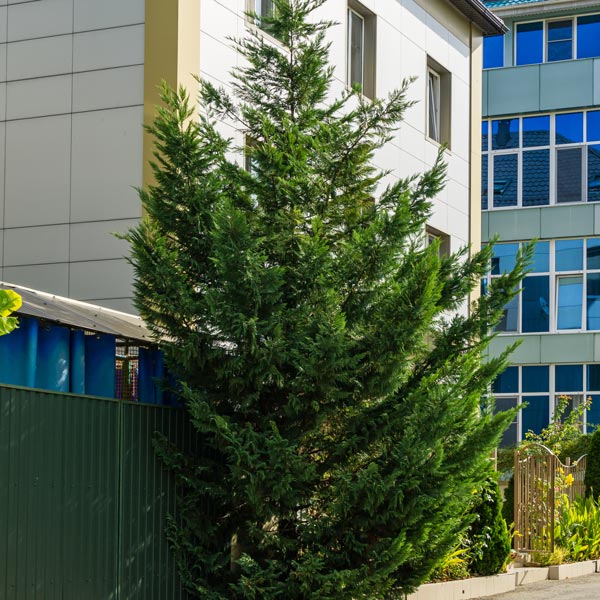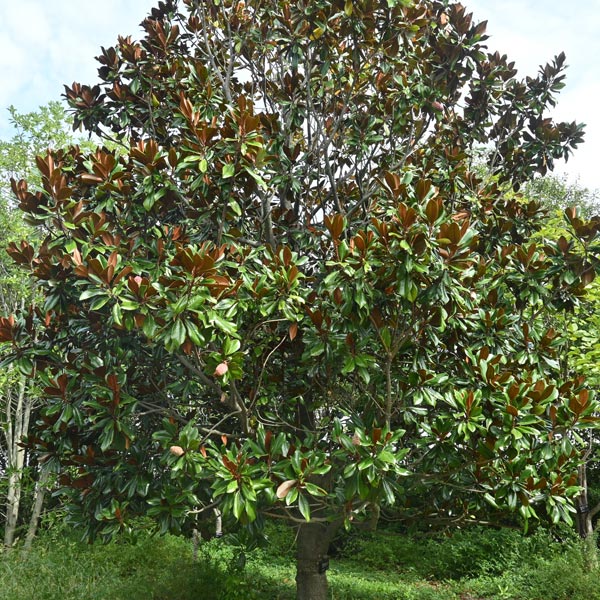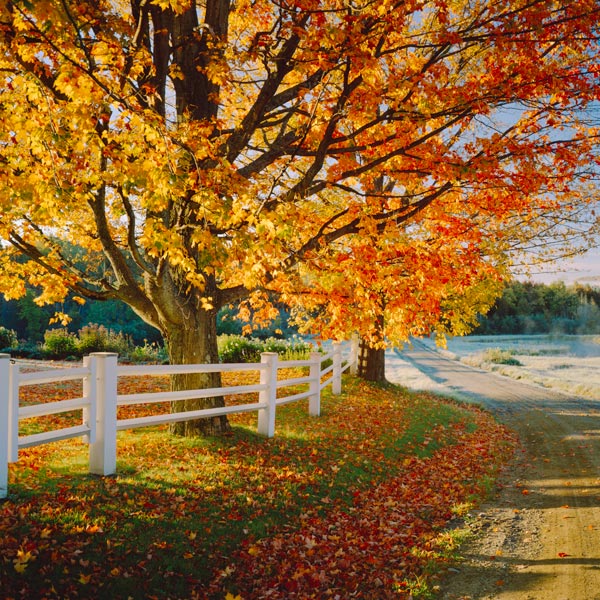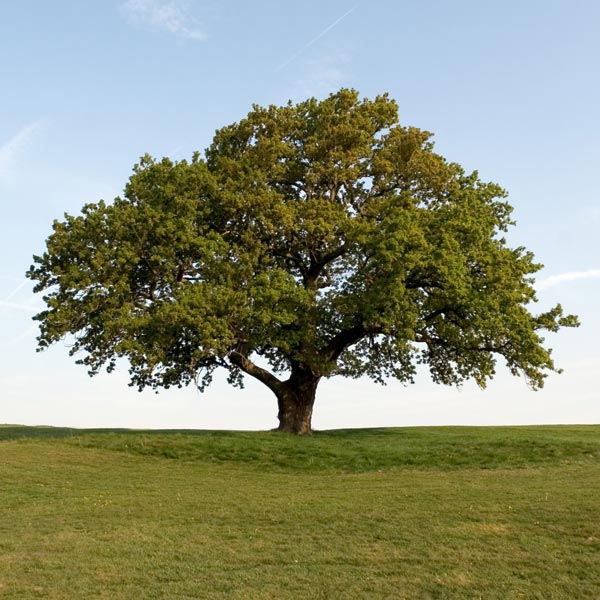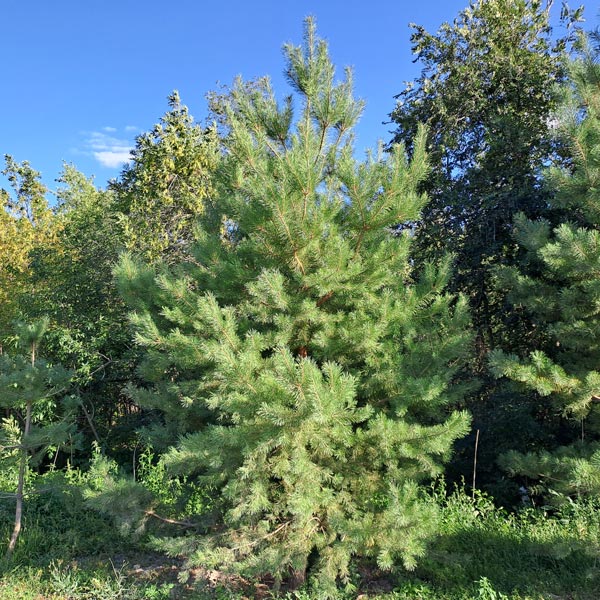Protecting Trees From Strong Wind Damage in McDonough, GA; Staking, Wrapping & More
There are many beautiful species of trees found in the world, some in our very own backyard. Having native Georgian trees in your landscaping isn’t unheard of. With proper care and regular maintenance these trees can grow and flourish. But when a fearsome wind storm blows through town, your little saplings and young trees can have a tough time. With that in mind, we at Milam’s Tree Service would like to expound on how you can offer your young trees more protection during the high winds.
Native Trees of Georgia
We would first like to take the opportunity to discuss the more common native trees found in the yards of Georgia.
Mockernut Hickory: Mockernut hickory trees have the potential to grow nearly 80 feet tall. The bark itself has a slow growth pattern and is grayish in coloring. The leaves of the mockernut hickory are fairly identifiable as the foliage is a darker green underneath and the top is yellow. With fall season quickly approaching, you will notice the leaves transforming to a vivid shade of yellow.
Sassafras: Around its trunk, the sassafras tree has thick foliage that grows in a bushy pattern. Appearing in the late summer season is the blue fruit; one of the unmistakable qualities of a Sassafras tree. Attracting many different species of native birds while sassafras tree is fruiting, this tree is generally found growing forested areas, but many homeowners have either had a few wild trees growing in their yard or have planted this delightful tree in their backyard.
Trident Maple: During the fall season the trident maple tree will make its presence known showing off its vibrant red leaves. But because the trident maple is deciduous tree, all of leaves will eventually be lost over the course of fall and winter. Additionally, the trident maple has orange colored bark and large, tri-lobed leaves.
Trees Most Likely to Fall In Strong Winds
When you have these young trees, or any other trees, growing in your landscape; they are vulnerable to many aspects especially the high winds that blow through here. A windstorm is notoriously known to cause significant damage to new trees as well as older, well sustained trees. When they endure damage, their overall health is compromised and their survival could diminish. To make sure that your trees are not in danger of being damaged by the wind or your young trees are not uprooted during the next big summer storm it is important that you implement a method of protection to help your young trees be safe and avoid traumatic damage caused from a passing storm.
How to Protect Trees From Strong Winds
Below you will find a few tips to help secure trees and ensure the high winds are unable to permanently damage your younglings.
- Tree Staking: Staking your young trees is one of the most effective ways to keep them safe in the windstorms. Providing additional stability and structural support to the growing trunk a sturdy stake installed next to the trunk of the young tree and well secures will help tremendously.
- Tree Wrapping: Especially efficient if a newly planted young tree is in need of a barrier is a tree cover can be used to prevent high winds from damaging effects.
- Tree Pruning: As your younglings grow, make certain they are properly trimmed with regular tree pruning services. With a routine trim, bulky branches can be prevented from breaking off in the wind in addition to encouraging healthy and sustainable growth.
Tree Services in McDonough, Jackson, Jonesboro, Fayetteville & Hampton GA | Fayette, Clayton & Henry Counties in Central Georgia
When your trees, new or old, are in need of professional trimming, contact Milam’s Tree Service. We are also readily available for emergency tree storm damage cleanup following a windstorm that might have caused hazardous damage to your trees.

